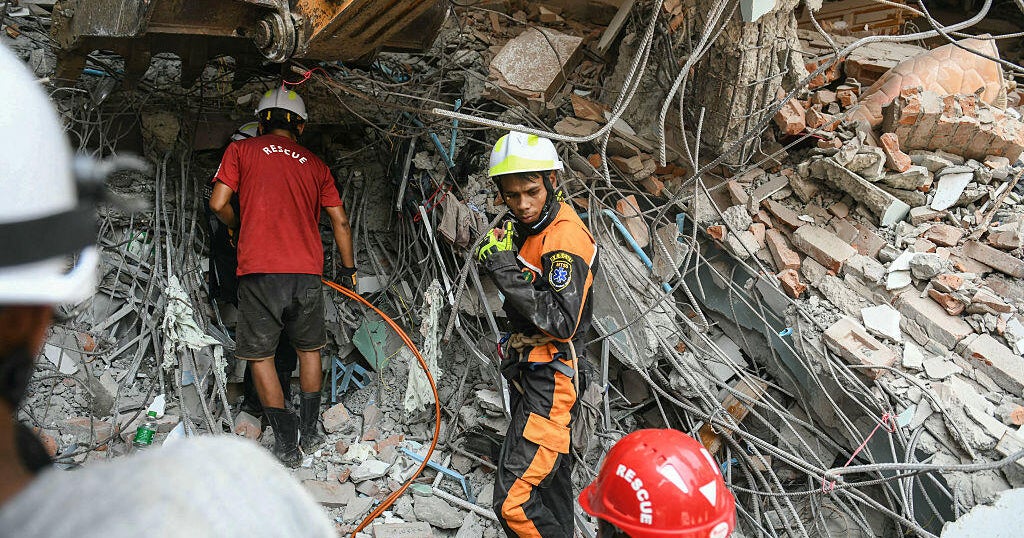More than 40 killed as storm unleashes landslides on Philippine villages
Bunga, Philippines — The death toll from the strongest storm to hit the Philippines this year rose to 42 on Tuesday, as rescuers recovered more bodies from villages devastated by rain-induced landslides. Emergency personnel suspended the search for survivors around Baybay City in the central province of Leyte in the late afternoon as it was "too dangerous" to continue in the dark, said Marissa Miguel Cano, public information officer for the city government.
Elsewhere rescuers hampered by mud and rain continued using their bare hands and shovels to search for survivors of the landslides that smashed into villages as tropical storm Megi hit the country.
More than 17,000 people fled their homes as the storm pummeled the disaster-prone region in recent days, flooding houses, severing roads and knocking out power.
Leyte was hardest hit, and most of the deaths there were in the mountainous village of Mailhi where at least 14 bodies were found, Army Captain Kaharudin Cadil told AFP.
"It was a mudflash that buried houses. We recovered most of the bodies embedded in the mud," said Cadil, spokesman for the 802nd Infantry Brigade.
Drone footage shared on Facebook and verified by AFP showed a wide stretch of mud that had swept down a hill of coconut trees and engulfed Bunga, another community devastated by the storm, which had been reduced to a few rooftops poking through the mud.
"It's supposed to be the dry season but maybe climate change has upended that," said Marissa Miguel Cano, public information officer for Baybay City, where a total of 10 villages were affected by landslides.
Cano said the hilly region of corn, rice and coconut farms was prone to landslides, but they were usually small and not fatal.
Apple Sheena Bayno was forced to flee after her house in Baybay City flooded. She said her family was still recovering from a super typhoon in December.
"We're still fixing our house and yet it's being hit again so I was getting anxious," she told AFP.
The military joined coast guard, police and fire protection personnel in the search and rescue efforts.
National disaster agency spokesman Mark Timbal said landslides around Baybay City had reached settlements "outside the danger zone," catching many residents by surprise. "There were people in their homes that were hit directly by the landslide."
Tropical storm Megi - known in the Philippines by its local name Agaton — was the first major storm to hit the country this year. Whipping up seas, it forced dozens of ports to suspend operations and stranded more than 9,000 people at the start of Holy Week, one of the busiest travel periods of the year in the mostly Catholic country.
The storm comes four months after super typhoon Rai devastated swathes of the archipelago nation, killing more than 400 people and leaving hundreds of thousands homeless.
Scientists have long warned typhoons are strengthening more rapidly as the world becomes warmer due to climate change. The Philippines — ranked among the most vulnerable nations to its impacts — is hit by an average of 20 storms every year.





